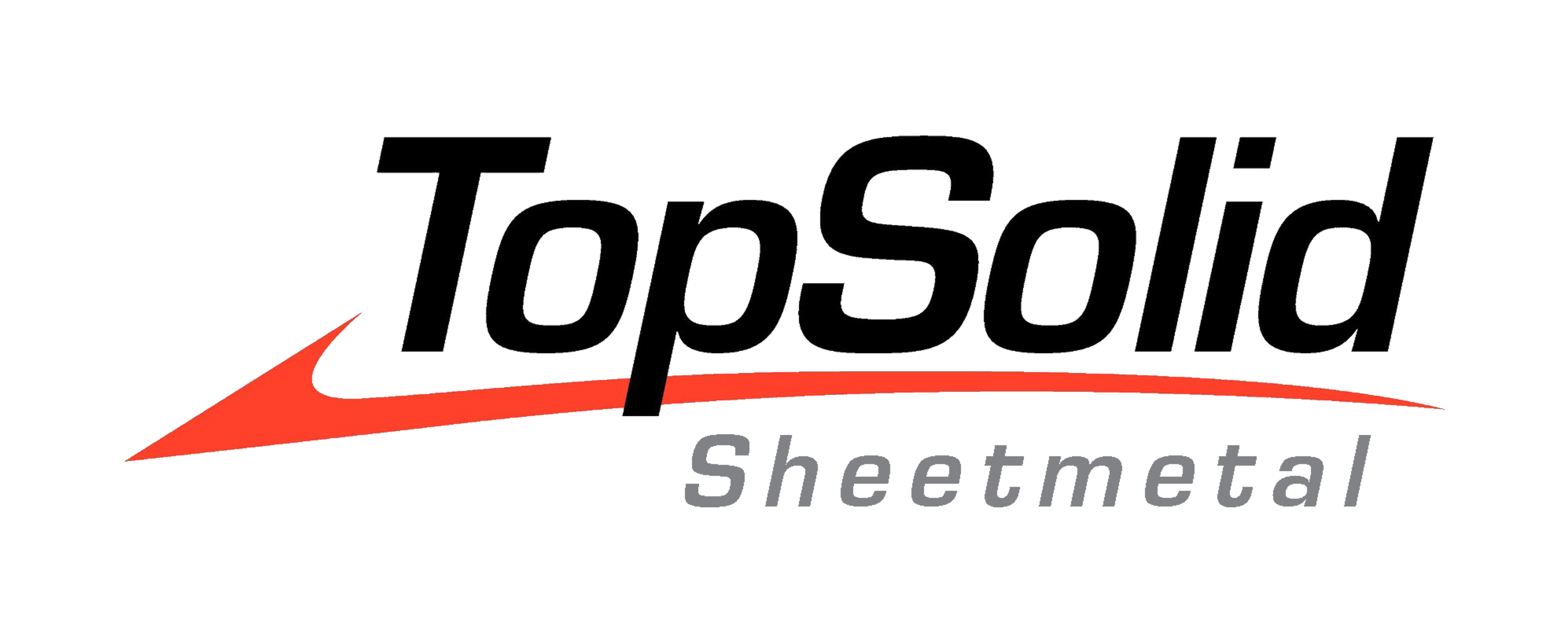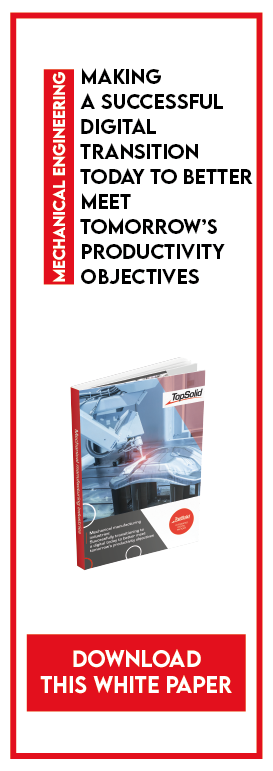Imagine a symphonic orchestra made up of engineers, CAD technicians, architects and industrial draftsmen. In recent years, collaborative Computer-Aided Design (CAD) and software engineering have evolved significantly and new, more modern instruments have been developed that offer new possibilities and a new collective dynamic. Just like an orchestra that tunes up to play beautiful music together, design offices are harnessing these different digital technologies to achieve excellence in their projects.
What is collaborative CAD?
Collaborative CAD uses CAD software in a shared and synchronized working environment. These tools enable several experts to work simultaneously on the same project, both on-site and remotely. This type of collaboration is essential for the efficient management of CAD projects, especially in complex industries, such as automotive, aerospace and civil engineering, for example.
In a collaborative CAD environment, the experts working on the project can coordinate their work, share information in real time and make changes that are immediately visible to all the other participants in the project. This possibility facilitates communication and coordination between the players in the project, as well as conflict and interference management.
Functionalities such as the management of customizable access rights and the extraction of electronic data using a Product Data Management (PDM) tool are important aspects of collaborative CAD. This functionality minimizes handling errors and improves document management in order to improve the execution of the CAD project.
In addition, collaborative CAD boosts creativity and innovation by simplifying exchanges between the different expertises and speeding up the innovation process. Thanks to the integrated management of data and versions, the members of the project can easily access the information from different devices, which helps to quickly bring innovative and differentiating products to the market.
What are the challenges of collaborative CAD?
Collaborative CAD faces numerous and various challenges. Here are just some of the main ones.
The interoperability of multi-CAD parts
Interoperability is a major issue in collaborative CAD. Interoperability consists of the ability of different CAD systems to transparently exchange and share data. Interoperability enables teams to work together efficiently, even if they use different CAD software.
A strict demand to meet delivery deadlines
Against a backdrop of ever more stringent delivery deadlines, collaborative CAD can speed up the design process by facilitating collaboration and communication between teams. This enables companies to respond more quickly to the demands of the market.
Optimization of stock management
Collaborative CAD can help to optimize stock management by improving the coordination between the different stakeholders, including the design, production and logistics teams. This can cut the costs incurred by excessive or insufficient stocks.
Development of collaborative practices
Collaborative CAD contributes to the development of collaborative practices in enterprises. It harnesses collective intelligence, by encouraging exchanges and the sharing of knowledge between the members of the teams. This can result in greater innovation, as well as faster problem-solving and better informed decision-making processes.
Transformation of work and the organization
Collaborative CAD brings about changes in working practices and the organization of enterprises. It favors cross-functional collaboration, open communications and flexibility in the execution of tasks. This can improve the efficiency and agility of the teams, while striking a better work-life balance.
How does collaborative CAD revolutionize the work of design offices?
Before the advent of digital engineering and collaborative CAD, design offices were faced with insurmountable challenges and numerous limitations. The arrival of revolutionary technologies has significantly improved their work in numerous ways.
1. Real-time collaboration
Before: most of the time, the engineering teams had to work sequentially, relying on exchanges of hard copy documents or files sent by email. This resulted in serious delays in collaboration and the teams were unable to work on the same model simultaneously.
After: thanks to digital engineering and collaborative CAD, team members can work on a common design model in real time. Any changes are immediately visible to all the team members, a fact that produces fluid, reactive and efficient collaboration, no matter where they are.
The range of CAD, CAM and PDM TopSolid solutions
2. Integration of disciplines
Before: the different disciplines of a design office often worked in isolation, and did not communicate much with one another. This isolation could produce errors, incoherences and the loss of opportunities to innovate.
After: digital engineering facilitates the integration of disciplines by using collaborative CAD platforms. The various teams can share their knowledge and collaborate, right from the design phase. Designers, engineers, materials specialists, etc., can work together on a shared model, inputting their respective expert knowledge and favoring a holistic approach to the project.
3. Advanced visualization and simulation
Before: visualizing design models was limited to 2D drawings or physical prototypes. Test and simulations were costly and frequently required the construction of physical prototypes.
After: thanks to collaborative CAD, design models can be visualized in 3D, providing a better understanding of the characteristics of the product. In addition, virtual simulations can be used to test the performances of the product under different conditions, before it is physically manufactured. This cuts costs and shortens the deadlines of physical prototypes, while also improving the quality and the performances of the end product.
4. Optimization of the design processes
Before: the design processes were manual and repetitive, allowing room for human error and limiting the productivity of the teams.
After: digital engineering provides advanced collaborative CAD tools that automate certain repetitive tasks. Libraries of standardized components, parametric design and automated analyses all help to produce more precise models more quickly. This frees up time for the engineers, who can focus more closely on creativity and innovation, while reducing human errors.
5. Management of data and traceability
Before: the management of design data was often complex and subject to version management problems. The files were stored locally and sharing data was laborious.
After: collaborative CAD centralizes the management of design data, providing secure storage and easier access. The teams can share and access the files in real time, with end-to-end traceability of all the changes made to the design models. This makes it easier to find and retrieve data, and to improve version management, thereby contributing to smoother collaboration and informed decision-making.
The technologies of the future: the revolution goes on
In the future, the already impressive range of tools available to design offices will be supplemented by new technologies. Some of these advances are already well underway, while others still have to achieve their potential.
In particular, virtual and enhanced reality deserve a mention. They are already used, in particular by TopSolid, and they will be used more and more.
Then, we can expect to see the arrival or artificial intelligence and automatic learning, which will propose design improvements, based on previous successful models.
With the Internet of Things (IoT), it will be possible to connect physical objects to digital systems, thereby creating cyber-physical systems.
3D printing will continue to evolve and improve, producing more complex parts from more diverse materials and with improved properties.
Finally, there are the integrated collaboration platforms. They will enable the collaborative CAD systems of the future to integrate advanced and real-time chat, task management, deadline tracking and data visualization functionality.
The modular, open and flexible TopSolid’Design CAD solution addresses these issues in order to facilitate collaborative working in design offices, at every stage of the design process. Want to find out more? Then get in touch!






